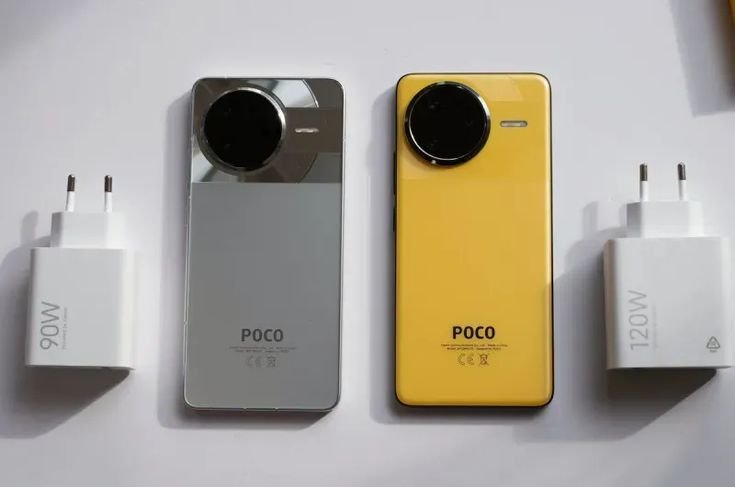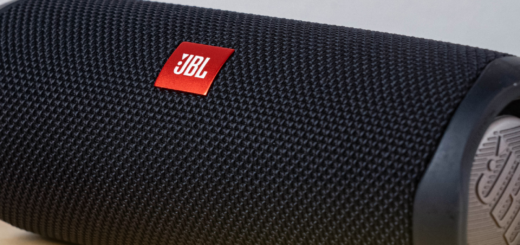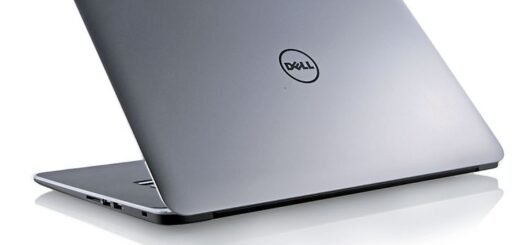Poco F7 Review: The Flagship Killer of 2025?

Poco has built a reputation for delivering high-performance smartphones at aggressive prices, and the new Poco F7 continues that legacy. Launched globally in late June 2025, the Poco F7 promises flagship-level hardware at a mid-range price. Let’s take a deep dive into its design, performance, battery, camera capabilities, software experience, and real-world value.
📅 Launch and Price
Poco introduced the F7 on June 24, 2025, and it began shipping globally on July 1, 2025. The company launched it in two configurations:
- 12 GB RAM + 256 GB storage, priced at around ₹31,999 in India and $399 internationally.
- 12 GB RAM + 512 GB storage, available for ₹33,999 or $449, depending on region.
Poco offered promotional pricing at launch, making the device even more attractive to early adopters. Customers in Europe saw prices ranging between €449 and €499 based on storage options.
🔧 Performance and Hardware
Poco powered the F7 with Qualcomm’s Snapdragon 8s Gen 4 chipset, built on a 4nm process. This processor bridges the gap between flagship and upper mid-range chips, providing outstanding power for gaming, multitasking, and demanding applications.
In benchmarks, the Poco F7 consistently delivers top-tier performance:
- Geekbench 6 scores around 2,050 for single-core and 6,275 for multi-core tests.
- 3DMark Wild Life Extreme scores near 4,250, with frame rates averaging around 25 FPS in demanding graphical tests.
In day-to-day use, the Poco F7 handles everything effortlessly. Gaming at high settings on titles like Genshin Impact or Call of Duty: Mobile runs smoothly without overheating, thanks to the large 6,000 mm² vapor chamber cooling system and advanced LiquidCool 4.0 with IceLoop technology.
🖥️ Display and Build
Poco equipped the F7 with a 6.83-inch AMOLED display. This screen offers a resolution of 2772 × 1280 pixels, often referred to as “1.5K.” The display supports a 120 Hz refresh rate, ensuring buttery-smooth scrolling and responsive gaming. With a peak brightness of around 3,200 nits, the screen remains easily visible outdoors, even under direct sunlight. The display also supports Dolby Vision and HDR10+, which makes video content pop with rich colors and deep contrast.
Design-wise, Poco chose a flat aluminum frame with Gorilla Glass 7i protection on both the front and back. The phone feels sturdy and premium, with subtle curves at the edges to improve grip. It comes with IP68 certification, ensuring resistance to dust and water immersion, a welcome feature at this price point. Color options include Cyber Silver, Phantom Black, and Frost White, each featuring a modern, sleek design.
🔋 Battery and Charging
One of the highlights of the Poco F7 lies in its battery. The global version packs a 6,500 mAh battery, while the Indian variant boasts an even larger 7,550 mAh unit. Despite the high capacity, the real-world battery life slightly underwhelms relative to expectations. The device comfortably lasts a full day of heavy use and up to one and a half days with moderate use, but the advantage over phones with smaller batteries remains modest.
The 90W wired charging tops up the battery from zero to full in about 44 minutes, offering a quick turnaround for busy users. The phone also supports 22.5W reverse wired charging, which lets it charge accessories or other devices in a pinch.
📸 Camera Performance
The Poco F7 features a dual rear camera system. The main sensor is a 50 MP Sony IMX882 with an f/1.5 aperture and optical image stabilization. An 8 MP ultra-wide lens complements the primary camera. On the front, a 20 MP selfie camera captures sharp images in good lighting, though it lacks autofocus.
Photos from the main camera impress with accurate colors, good dynamic range, and sharp details, especially during the day. However, the ultra-wide camera produces softer images and struggles in low-light scenarios. While the main lens performs decently in dim conditions, it cannot match dedicated night mode cameras on flagship phones. Video recording reaches up to 4K at 60 frames per second, but the stabilization feels basic compared to premium rivals.
Overall, Poco prioritizes core camera functionality over versatility. The phone satisfies casual photographers but may disappoint users who expect high-end photography performance across all lenses.
🎧 Audio and Haptics
Poco includes stereo speakers that deliver loud and clear sound. The speakers produce strong bass and good mid-tones, although the treble sounds slightly harsh at maximum volume. The haptics feel sharp and responsive, adding a layer of polish to the overall user experience.
🧠 Software Experience
The Poco F7 runs Android 15 with HyperOS 2.0 layered on top. The interface feels smooth, with fast animations and minimal lag. Poco integrates helpful AI-powered tools, including note summarization, smart image editing, and Circle to Search.
The company promises four major Android version updates and six years of security patches, setting a new standard for mid-range smartphones. This commitment to long-term support rivals that of Google and Samsung, making the F7 a great choice for users who want reliable software longevity.
The phone ships with some pre-installed apps that many users might consider bloatware. Fortunately, Poco allows users to disable or uninstall most of these apps without hassle.
⚖️ Strengths and Weaknesses
What makes the Poco F7 a standout?
- The phone delivers near-flagship performance thanks to the Snapdragon 8s Gen 4.
- The 6.83-inch AMOLED display shines with its color accuracy, brightness, and smooth refresh rate.
- Charging feels fast and convenient, with 90W support ensuring minimal downtime.
- The phone features a premium design with IP68 water and dust resistance, rare at this price point.
- Poco provides an excellent software update policy, giving buyers peace of mind.
Where does the Poco F7 fall short?
- The ultra-wide camera fails to deliver good quality in low light, and the lack of a telephoto lens limits versatility.
- Despite its huge battery, actual runtime shows only modest gains over competitors with smaller batteries.
- The speakers, while loud, produce harsh high frequencies at top volume.
- Pre-installed apps may annoy users who prefer a cleaner software experience.
Final Verdict: Should You Buy It?
The Poco F7 delivers tremendous value for users who want a fast, powerful phone with a gorgeous display and reliable software support. Gamers, content consumers, and multitaskers will find little to complain about. The phone’s battery, while large, does not dramatically outlast the competition, but it still ensures all-day use with room to spare.
The camera system, though decent, falls short of excellence, especially for users who prioritize photography. Shoppers who demand top-tier photo and video performance may want to look at alternatives like the Google Pixel 9a or more expensive flagships.
For its price, the Poco F7 stands out as one of the most compelling mid-range options of 2025. Poco has successfully packed high-end hardware, a beautiful display, and a premium build into an affordable package, with software support that outshines many rivals. If you value power and display quality over photography, the Poco F7 deserves a spot at the top of your shortlist.













